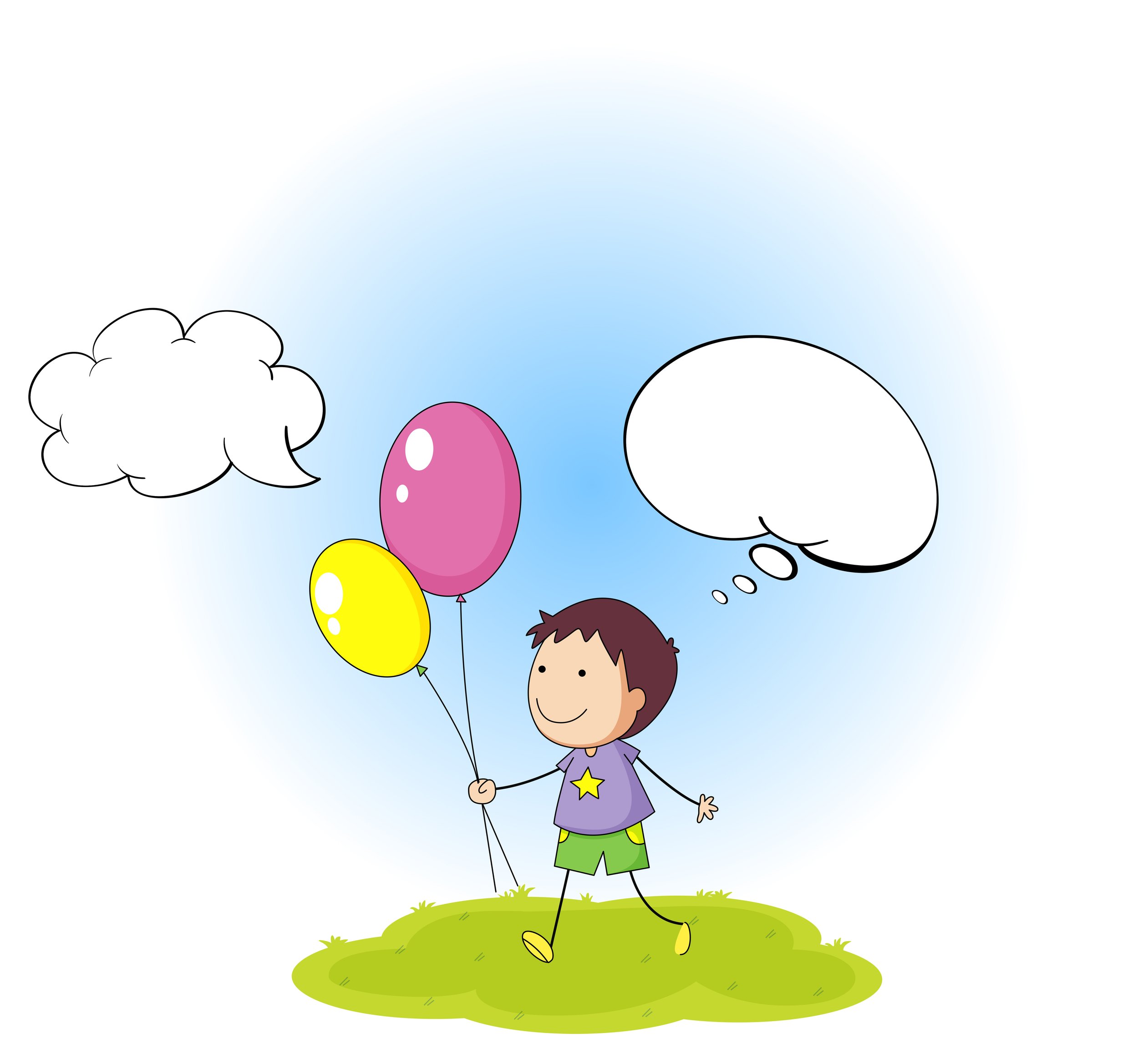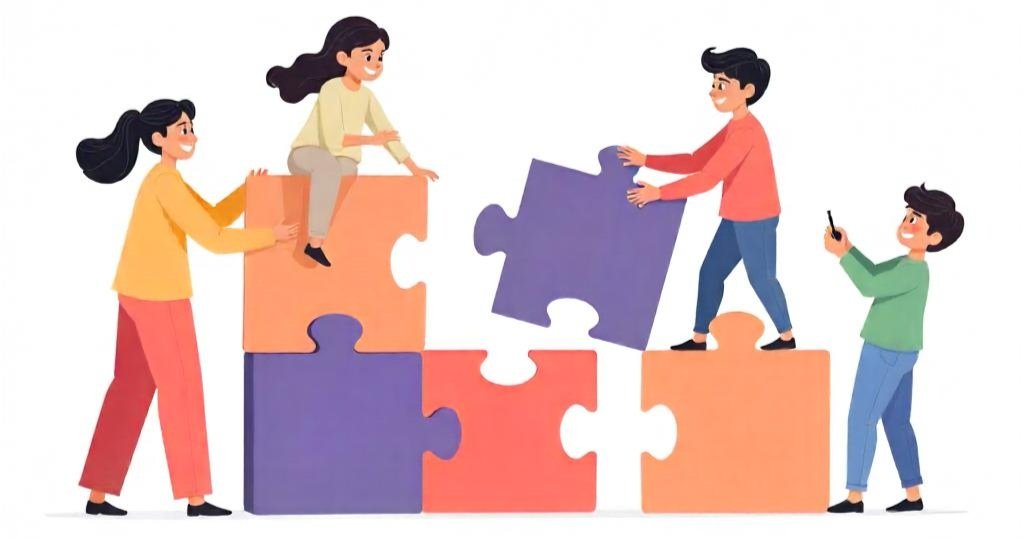PractWorks
“The new design is more engaging and fun to use. I learn something new everyday.”
Project Overview
A platform that provides AI-guided customized tests which help in personalized learning.
Objective:
Improve user engagement.
Motivate daily learning.
Enhance overall user experience.
Target Audience:
The primary users of the platform are students - 10 to 16 year olds. Also, the teachers and administrators from school who act as supervisors.
Role : UX Designer ( Researcher | Designer | Tester)
The Design Process
We research - understand the user needs and pain points. Learn what motivates them. Read between the lines.
We define - the framework, the problem and make a definitive plan on how to reach the solution.
We brainstorm - we come-up with ideas, many ideas. Sketch them out, test what works and what doesn’t.
We design - build a clickable prototype. Design every aspect, every workflow, and every screen.
We test - we test the prototype with our target audiance. Gahter feedback and modify designs accordingly.
EMPATHISE
Walk in user’s shoes and understand their pain
Children are more complex than on can imagine. Various factors drive their feelings, their decisions and their moods. To understand children you need to think from their perspective. Use age-appropriate language, observe without judgment, create children-specific persons and get to their level - literally and figuratively.
Key aspects of understanding the target audience:
What works in the current solution and what doesn’t?
Children’s take on the AI and using an app to learn.
Parents and teachers concerns over children using apps to educate themselves.
Can an AI-driven app be fun and engaging for students and teachers alike?
Research plan + Interviews
I started the interview process with the following objectives.
Research objectives
Understand what motivates students to learn and what is a blocker for them.
Check what makes learning fun and attractive.
Why they prefer some platforms over others?
How do teachers and parents feel about children using apps to learn?
Empathy Map & Synthesis
Understand a user's thoughts, feelings, and actions by visualizing what they say, do, think, and feel. It helps teams gain a deeper understanding of user behavior and motivations, leading to better product and service design
Feedback Synthesis
Personas
Personas help design teams understand and empathize with real users.
We created various personas for students, teachers, and parents. Our key users being the students, these personas helped us immensly in getting into their mindset. These are what drove some of the critical design desicions we mafe later on such as turning the AI agent into a Mascot.
Key Realisations
We collected a ton of valuable feedback and synthesised it all with affinity mapping like processes and distilled down the key realisations.
Key Realizations from Students
Learning must feel like play
Kids often disengage when learning feels like schoolwork, but stay focused when the experience is playful, interactive, or game-like.
Gamification, personalization, and rewards drive motivation.
Attention spans are short
Content must be bite-sized, visual, and highly interactive.
Students prefer apps that respond quickly and keep them engaged with dynamic feedback (e.g., animations, fun sounds).
AI is cool—if it feels human
Kids are open to AI “characters” if they feel friendly and helpful, like a guide or coach.
They may reject robotic, rigid responses.
They want to feel in control
Children love choosing avatars, themes, or paths. It gives them ownership over their learning experience and makes them feel like the app is their own.
Key Realizations from Teachers and Parents
AI should assist—not replace.
Teachers see value in AI for grading, practice, and personalized feedback, but they’re cautious about replacing real human instruction.
Engagement without discipline issues.
Teachers prefer apps that can engage kids without causing distractions or hyperactivity.
Simplicity and focus are key.
Support for independent learning.
They want the app to make their child more self-reliant—while still feeling guided and safe.
“I want to create my own profile and choose my avatar. It should be cool looking and I want to decorate it”
DEFINE
Plan it, frame it, execute it
In this phase, we clearly frame the problem by analyzing every facet of the user and business context. We translate insights into a focused design challenge and establish a clear project roadmap.
This is where we decide how to approach the design strategically and outline a plan that aligns user needs with business goals
Redesign of PractWorks meant identifying key friction points in the learning experience—confusing navigation, low engagement in math modules, and a lack of emotional connection for students. At the same time, we discovered what truly matters to our users: playful learning, visible progress, and trust.
IDEATE
Let’s brainstorm and come-up with ideas
In the Ideation phase, we explored a wide range of creative possibilities to make math learning engaging and memorable for students. From gamification strategies to storytelling mechanics, we evaluated multiple concepts—such as puzzle-based learning paths, missions, and leaderboards—to boost motivation and sustained interest.
We translated these ideas into structured workflows, mood boards, and visual explorations that helped shape the platform’s overall look, feel, and interaction patterns. This phase was about pushing boundaries, validating possibilities, and aligning creativity with educational outcomes.
Creativity takes lead here. We explored a wide range of ideas and potential solutions, combining user insight with innovative thinking.
For PractWork we brainstormed on a verity of ideas and concepts, from gamification to daily streaks. We documented every possible idea and built on the ones that were closest to the insights gathered from users.
The Design Challenge
Redesigning Blu
BLU was powerful. A generative AI guide to help with the learning. We brought him to the forefront and gave him a makeover.
BLU went from being a guide on the sidelines to being the mascot, a friend, and a teacher who motivates and encourages you all the way.
DESIGNS
Convergence of all ideas
RESULTS
It is all about the results
Adoption increased to 87%
Daily learning improved to 98%
“As a parent, I like how the AI guides my daughter’s learning path, and she seems to be enjoying it.”
“I love Blu. He helps me learn new concepts and it is so much fun”









































